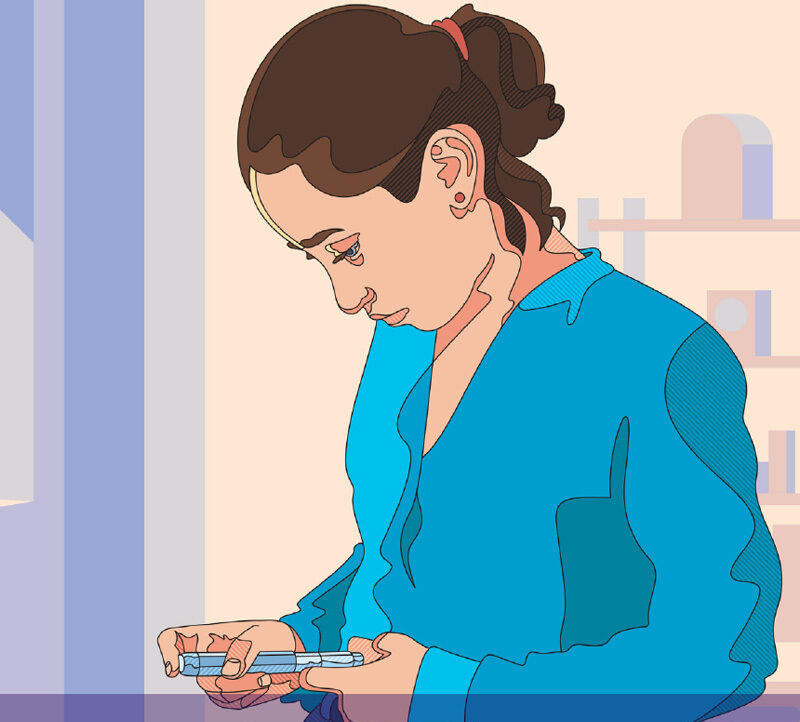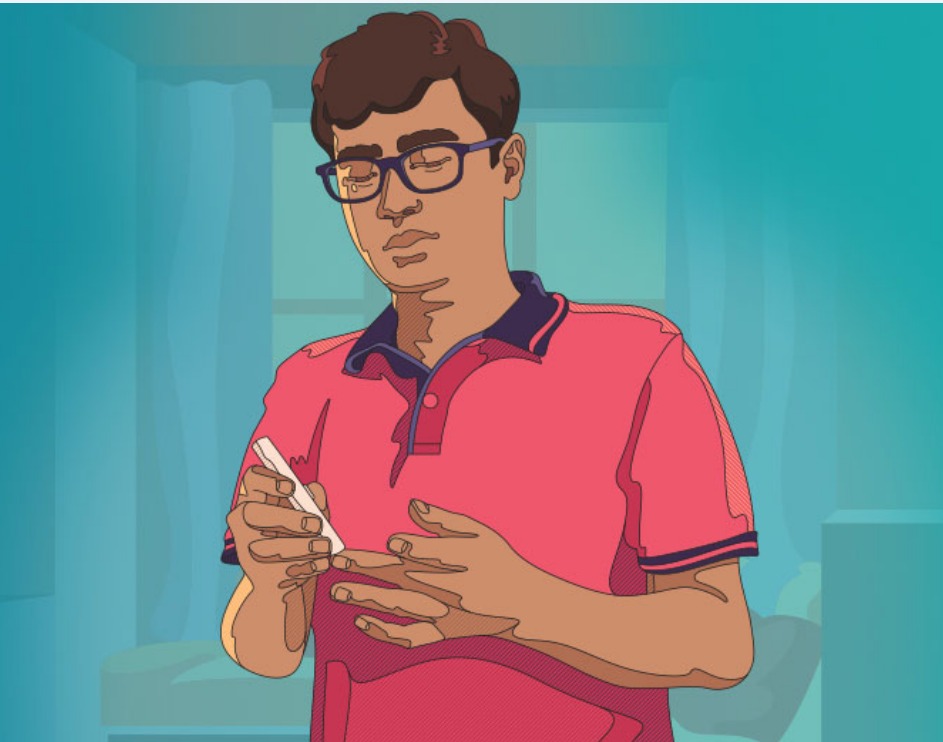OdishaPlus Bureau
Type 1 diabetes is caused by an autoimmune reaction where the body’s defence system attacks the cells that produce insulin. As a result, the body produces very little or no insulin. The exact causes of this are not yet known, but are linked to a combination of genetic and environmental conditions.
Also Watch Video
‘Diabetes 360’: Special Media Campaign by Swasthya Plus & OdishaLIVE on World Diabetes Day
Type 1 diabetes can affect people at any age, but usually develops in children or young adults. People with type 1 diabetes need daily injections of insulin to control their blood glucose levels. If people with type 1 diabetes do not have access to insulin, they will die.
The risk factors for type 1 diabetes are still being researched. However, having a family member with type 1 diabetes slightly increases the risk of developing the disease. Environmental factors and exposure to some viral infections have also been linked to the risk of developing type 1 diabetes.
Symptoms of type 1 diabetes
The most common symptoms of type 1 diabetes include:
- Abnormal thirst and dry mouth
- Sudden weight loss
- Frequent urination
- Lack of energy, tiredness
- Constant hunger
- Blurred vision
- Bedwetting
Diagnosing type 1 diabetes can be difficult so additional tests may be required to confirm a diagnosis.
Management of type 1 diabetes
People with type 1 diabetes require daily insulin treatment, regular blood glucose monitoring and a healthy lifestyle to manage their condition effectively.
Insulin
All people with type 1 diabetes need to take insulin to control their blood glucose levels. There are different types of insulin depending on how quickly they work, when they peak, and how long they last. Insulin is commonly delivered with a syringe, insulin pen or insulin pump.

Types of insulin include:
- Rapid-acting: usually taken just before or with a meal. These insulins act very quickly to limit the rise in blood sugar, which follows eating. It is essential to avoid overdosage to minimize the risk of low blood sugar (hypoglycemia). Rapid-acting insulins include Asparat, Glulisine, Lispro.
- Short-acting: usually taken before meals. These insulins are also called regular or neutral insulins. They do not act as quickly as rapid-acting insulins and therefore may be more appropriate in certain people. Short-acting insulins include Actrapid, Humulin R, Insuman Rapid.
- Intermediate-acting: often taken together with a short-acting insulin. Intermediate-acting insulins start to act within the first hour of injecting, followed by a period of peak activity lasting up to 7 hours. Intermediate acting insulins include Humulin NPH, Protaphane, Insulatard.
- Long-acting: insulins that are steadily released and can last in the body for up to 24 hours. They are commonly taken in the morning or in the evening, before going to bed. Long-acting insulins include Detemir, Glargine.
Two common insulin treatment plans include:
- Twice-daily insulin: using both short-acting and intermediate-acting insulin.
- Basal bolus regimen: short-acting insulin taken with main meals (usually three times a day) and intermediate-acting insulin given once or twice daily (evening or morning and evening).
Self-monitoring
People with diabetes who require insulin need to check their blood glucose levels regularly to inform insulin dosage. Self-monitoring of blood glucose (SBMG) is the name given to the process of blood glucose testing by people with diabetes at home, school, work or elsewhere. SMBG helps people with diabetes and their healthcare providers understand how their blood glucose levels vary during the day so that their treatment can be adjusted accordingly.
People with type 1 diabetes are usually advised to measure their blood glucose level at least four times a day.
Healthy nutrition
Healthy nutrition — knowing what and when to eat — is an important part of diabetes management as different foods affect your blood glucose levels differently.
A healthy diet for all people with diabetes includes reducing the amount of calories if you are overweight, replacing saturated fats (eg. cream, cheese, butter) with unsaturated fats (eg. avocado, nuts, olive and vegetable oils), eating dietary fibre (eg. fruit, vegetables, whole grains), and avoiding tobacco use, excessive alcohol and added sugar.
Physical activity
Regular physical activity is essential to help keep blood glucose levels under control. It is most effective when it includes a combination of both aerobic (eg. jogging, swimming, cycling) exercise and resistance training, as well as reducing the amount of time spent being inactive.

Prevention of type 1 diabetes
No effective and safe intervention currently exists to prevent type 1 diabetes despite a large number of clinical trials aimed at halting the on-going autoimmune destruction of pancreatic beta cells. However, there is some evidence that overweight and a high growth rate in children are weak risk factors, indicating that a healthy lifestyle that avoids both over-eating and a sedentary lifestyle is recommended for high-risk groups such as the siblings of children with type 1 diabetes. However, this is just one of a number of factors that have also been implicated. These include not being breast-fed, being the first-born, being born by caesarean section and having an older or obese mother.
Although a ‘cure’ for type 1 diabetes is being actively sought, preventing or delaying it in those known to be at risk or, in those already diagnosed, slowing down the auto-immune destruction of beta cells and protecting those cells that are still active are likely to be more achievable goals in the foreseeable future. Neither has been convincingly achieved as yet.
However, several studies are underway using interventions such as oral insulin in people known to have markers of islet autoimmunity, trialling drugs already used, for example in psoriasis, to prolong beta cell life and the use of peptide immunotherapies to ‘retrain’ killer T cells, the lymphocytes that are closely involved in the underlying mechanism of type 1 diabetes.
(Source: www.idf.org)
Tags: #WorldDiabetesDay2022 #DiabetesDay #Diabetes360 #Diabetescure #Diabetesawareness #Diabetestypes #SwasthyaPlus #OdishaLIVE #healthnews






















